
Timeframe: 2 semesters, 2021-2022
Role: Sole designer
Pulse Presence is meant as speculative design. The idea lives as both a physical and digital prototype spanning the mediums of UX/UI, hardware, code, and physical fabrication.
The current communication technologies available do not afford us this luxury, and while impossible to replicate exactly, there is room to incorporate the body and senses more into digital interactions.
Modern living makes it possible to stay connected to people across physical distance. It also makes moving to new cities and countries, away from family, more casual and common. My own experience of missing the constant background presence of my family around the home led me to desire an interaction that allows for more.
Exercising, anxiety, sleep, sex, or a heart attack are all factors that change the heart and create intimate contact in a way that may go beyond comforting into uncomfortable. My goal isn’t to impose a right or wrong reaction, but to allow the viewer to consider the ways this would fit into their own interactions with the people they love.
User Experience
The heart rate data coming from a wearable device on the body is connected over the internet to a computer that organizes and translates the information to an object in the home.
The objects can only receive data from one person wearing one heart rate monitor at a time. When they are grouped together they each represent an independent body of a member of your family or chosen family.


User Interface
The companion app allows the user to manage their paired pulse devices as well as their 3rd party biometric reading device.








Skin and Bone
The skin is molded out of clear epoxy resin and sanded to create a frosted effect that obscures the shapes in the object. The intention was to create a smooth and touchable surface to lay the hand on and to use a material that will enhance the glow from the lights inside. The skin fits snuggly over the bone tissue inside and clicks onto the brain base.
The internal bone structure is a 3D print created digitally by carving the form out of a scanned block of real bone tissue with osteoporosis. This internal piece creates complexity to the patterns of light that shine through the bone before glowing into the environment as well as referencing parts of the human body.




Brain
The base of the object is the container for the technology that runs the device and holds together the skin and bone to create the overall cell-structure like form. The brain is made out of mahogany and was built using a combination of hand and power tools. The center indentation snuggly fits the breadboard with a hole to let the cables connect to external power.



Process documentation
Object interaction
The object can live together in multiple configurations in the common space of the home so that you can collect the heartbeats of all your loved ones in one place. The objects line up snuggly like a set of cells in an organism.

Reflection
I pushed my skills far out of their comfort zone with this project. Prior, I had never worked with electronics or circuits and had very limited coding experience. I'm proud that I was willing to push past my edge (although it did re-enforce that I do NOT want to be a programmer at any point in my career). I am much better suited for a collaboration role with technical experts, and I came to appreciate the art of multiple minds coming up with something that one person's skills alone can't accomplish.
The blend of digital interactions and physical interactions was a passion of mine throughout undergrad, so it was a great joy to spend dedicated time digging into this project.
